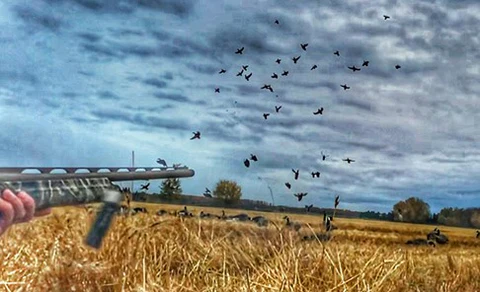Waterflow hunting, a strategy commonly used in fishing and waterfowl hunting, involves understanding and leveraging water currents to increase the chances of a successful hunt. Whether you’re hunting in rivers, lakes, or coastal areas, understanding how to work with the flow of water can make all the difference. Here’s how to use water currents to your advantage.
- Know the Water’s Flow Patterns
The first step in waterflow hunting is understanding the water’s movement. Water currents are influenced by several factors, including geography, tides, weather conditions, and obstacles like rocks and vegetation. Mapping out these flow patterns can help you predict where animals, especially waterfowl, might be gathering. For example, areas with slower currents tend to accumulate food debris, making them more attractive to fish and ducks. Similarly, eddies and backflows, where the water swirls, create pockets of calm water where fish often take shelter.
- Use the Flow to Conceal Your Movement
One of the primary advantages of hunting near water is using the flow to mask your approach. If you’re hunting from a boat, use the current to drift silently toward your target area. This technique can be particularly effective when hunting waterfowl. By moving with the current, you can avoid spooking animals, allowing you to get closer without detection. In rivers, paddling against the flow can be tiring, but using it to your advantage when approaching your quarry makes the effort worthwhile.
- Position Your Hunting Spot Strategically
Choosing the right spot for your setup is crucial when hunting with water currents. For waterfowl, positioning yourself slightly upstream of where the current flows can make it easier to target birds as they naturally come with the current. Additionally, creating decoys in the current’s path can help attract animals to your position. For fishers, casting with the current allows your bait or lure to move naturally, making it more enticing to the fish. Understanding the water’s movement and positioning accordingly increases your chances of success.
- Stay Aware of Changing Conditions
Water currents are dynamic, and they can change rapidly, especially in tidal areas or during stormy weather. Always keep an eye on the water’s level and flow rate. A change in current can alter where animals are feeding or resting. Adapt your strategy to these shifts to stay one step ahead.
In conclusion, the art of waterflow hunting is about observation, patience, and adapting to the environment. By understanding how water currents behave and positioning yourself to take advantage of them, you can greatly enhance your hunting experience. Whether you’re after fish, waterfowl, or other aquatic game, leveraging the water’s natural flow can give you the upper hand.

